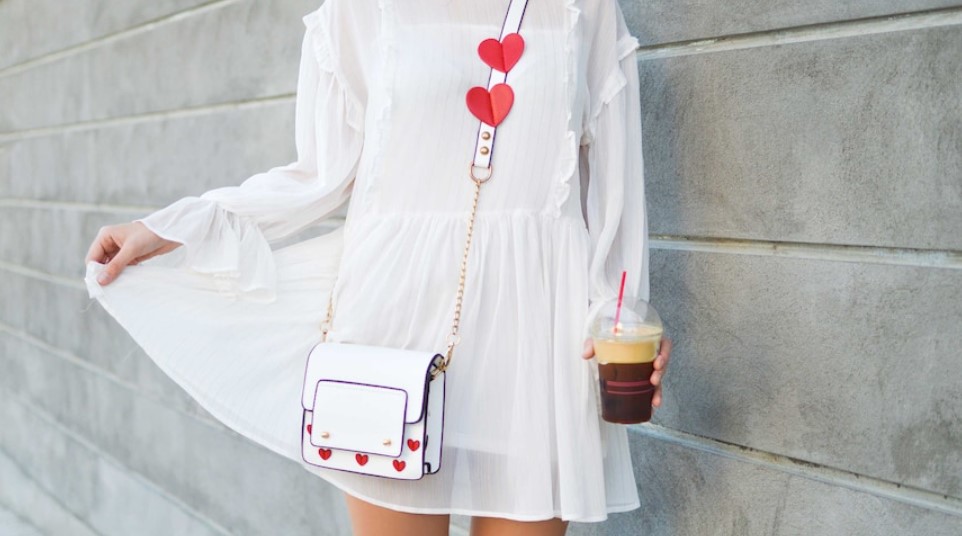The world of fashion photography is a dazzling fusion of art, commerce, and storytelling. For those with an eye for aesthetics and a passion for capturing elegance, how to start a fashion photography business is not just a career path—it’s a calling. This guide demystifies the process, offering actionable insights to transform your creative vision into a thriving enterprise.
1. Define Your Niche and Brand Identity
Fashion photography is a vast landscape, spanning haute couture editorials, commercial campaigns, and avant-garde conceptual work. Pinpointing your niche is critical. Are you drawn to minimalist streetwear, opulent bridal wear, or sustainable fashion narratives? Your specialization will shape your brand’s voice, visual style, and clientele.
Craft a brand archetype that resonates. Are you the Rebel challenging norms or the Creator fostering artistic innovation? Pair this with a cohesive visual identity—logo, color palette, and typography—that reflects your ethos. A well-defined brand attracts aligned collaborations and minimizes niche saturation.
2. Build a Stellar Portfolio
Your portfolio is your visual manifesto. Curate 15–20 images that showcase versatility while maintaining stylistic cohesion. Include diverse projects: editorial spreads, lookbooks, and behind-the-scenes vignettes. If you’re new, collaborate with emerging designers, makeup artists, or modeling agencies to create test shoots.
Leverage platforms like Behance or Format for digital portfolios, but don’t underestimate the power of a tactile, printed lookbook. A physical portfolio can leave a lasting impression during client meetings or industry events.
3. Invest in Quality Equipment
While talent trumps gear, professional tools elevate your work. Start with a full-frame DSLR or mirrorless camera—Canon EOS R5 or Sony A7 IV are industry favorites. Pair it with prime lenses (85mm f/1.4 for portraits, 24-70mm for versatility) and lighting equipment like Profoto strobes or portable LED panels.
Editing software is non-negotiable. Master Adobe Lightroom for color grading and Photoshop for retouching. Consider Capture One for tethered shooting during studio sessions. Allocate funds for backups—external SSDs and cloud storage—to safeguard your work.
4. Master the Alchemy of Lighting
Lighting is the soul of fashion photography. Experiment with Rembrandt lighting for dramatic shadows or butterfly lighting for ethereal glow. Use modifiers like softboxes, umbrellas, and grids to sculpt light. Outdoor shoots demand adaptability—golden hour offers warmth, while overcast skies provide diffused softness.
Invest in a ring light for detail shots or a gelled flash for experimental color play. Understanding light’s emotional impact—harsh contrasts for edgy campaigns, soft hues for romantic collections—will set your work apart.
5. Network with Industry Professionals
Fashion thrives on relationships. Attend trade shows like Première Vision or Photokina, and join platforms like LinkedIn or The Dots to connect with stylists, art directors, and models. Collaborate on TFP (Time for Print) projects to expand your network and portfolio simultaneously.
Consider apprenticing under established photographers. Assistantships offer insider insights into client management, shoot logistics, and industry etiquette—a crash course in how to start a fashion photography business with finesse.
6. Legalize Your Business Structure
Formalize your venture to ensure scalability and compliance. Register as an LLC for liability protection or a sole proprietorship for simplicity. Secure permits for studio spaces and public location shoots. Draft airtight contracts outlining deliverables, usage rights, and cancellation policies.
Insurance is non-negotiable. General liability insurance covers accidents during shoots, while equipment insurance protects against theft or damage. Consult a legal expert to navigate copyright laws and model release forms.
7. Develop a Marketing Strategy
Visibility is currency in fashion. Build an omnichannel presence:
- Website: Optimize for SEO with keywords like “luxury fashion photographer [Your City].”
- Social Media: Instagram and Pinterest are visual goldmines. Use reels to showcase behind-the-scenes moments and carousel posts for portfolio highlights.
- Email Marketing: Send monthly newsletters featuring recent work, industry tips, and exclusive offers.
Paid ads on Google and Facebook can target demographics like boutique owners or PR agencies. Collaborate with influencers for styled shoots—their endorsement amplifies reach.
8. Price Your Services Competitively
Pricing is a delicate balance between artistry and economics. Research competitors’ rates but factor in your expertise, equipment costs, and post-production time. Offer tiered packages:
- Basic: Half-day shoot with 10 edited images.
- Premium: Full-day coverage, unlimited looks, and retouching.
- Luxury: Campaign conceptualization, location scouting, and global usage rights.
Include add-ons like expedited editing or prints. Require a 30–50% deposit to secure bookings.
9. Cultivate Client Relationships
Exceptional service breeds loyalty. Conduct pre-shoot consultations to align visions—create mood boards using Milanote or Canva. Send personalized thank-you notes post-project and request testimonials.
Implement a CRM tool like HoneyBook to track inquiries, invoices, and follow-ups. Surprise loyal clients with anniversary discounts or free portfolio updates.
10. Stay Ahead of Trends
Fashion is ephemeral; adaptability is key. Follow trend forecasters like WGSN or Pantone for color insights. Experiment with emerging tech—AI-driven editing tools or drone photography for aerial editorials.
Attend workshops by platforms like CreativeLive or MasterClass to refine technical skills. Subscribe to Vogue or Harper’s Bazaar for stylistic inspiration.
Final Thoughts
How to start a fashion photography business is a journey of relentless creativity and strategic hustle. By merging technical prowess with entrepreneurial acumen, you’ll carve a niche in this vibrant industry. Remember, every click of the shutter is a step toward building your legacy.
This guide equips you with the tools to transform passion into profit. Now, grab your camera—your next masterpiece awaits.



